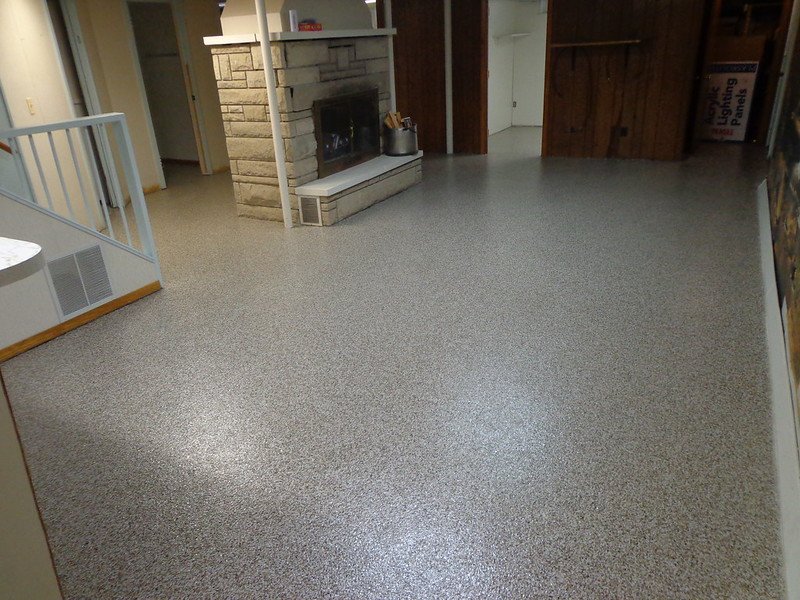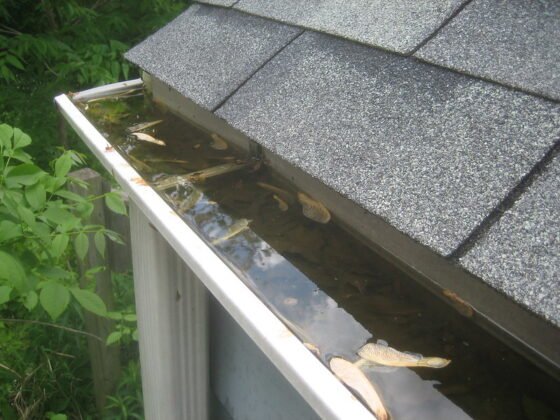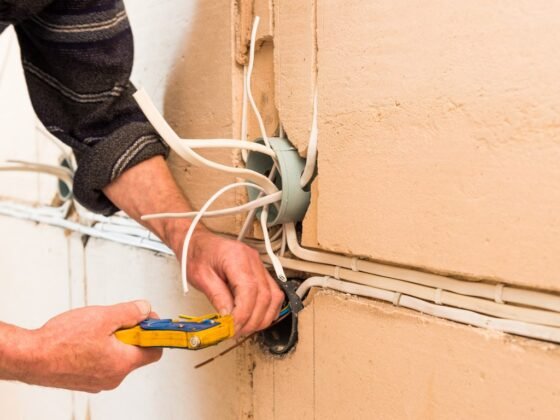Table of Contents Show
There are many reasons why people want to level their floors. One of the most common is because the homeowner wants a more comfortable and safer place for family and friends to hang around.
But what will it cost? And how will leveling a floor get you those results? There are different ways you can go about leveling concrete. You could decide to use a company like E&F Contracting Inc. for concrete slab leveling.

What you’ll Need:
Sample flooring samples for a level area to work with. It can be floor tile, laminate, or just a concrete slab. We’d suggest a slab for leveling. We’ll explain how in the coming steps.
As with any home improvement project, it’s best to get all your supplies and materials upfront and prepared before beginning any kind of work.
This is especially true when it comes to leveling concrete floors. Why? Because leveling the floor often creates a smaller area for you to walk around in than you may be used to.
So, if you can’t get all of your supplies ready, or there is a shortage somewhere, it’s likely that the project won’t be completed as expected.
Supplies
Levels and Tape Measure
– A contractor’s level (also called a torpedo level) is an absolute must. Given the fact that we’re leveling the floor from scratch, a regular yardstick or ruler won’t cut it.
When you’re leveling any surface, the reader should always be on the ground. A torpedo level will allow you to read a measurement both vertically and horizontally.
You’ll also need a tape measure to make sure that your work is properly done and at the right depth.
Read Also:
Concrete Anchor Jaw cap
– A jaw cap for the screw-in wall anchor is essential to keeping the concrete level during leveling. You can buy them at your local Home Depot or Lowe’s or most hardware stores. These jaw caps are also sometimes called “wall anchors”.
Caulking Sticks
– You’ll need several caulk guns, depending on how many rooms you need to level and any changes you want to make.
We suggest 8-10 caulking guns per flooring area so that you cover any edges and corners that may get exposed. Now that you have your supplies, you can level any concrete floor in no time at all.
How to Level a Concrete Flooring Area
Step 1:
Mark the perimeter of the area with painter’s tape. This will give you a visual reference point for leveling and removing any excess material.
You can also use some to make a level line on the floor to help out with getting things even and straight.
Step 2:
Mark the center of the room. This will make it easier to line everything up.
Step 3:
Use your level to go over every inch of the floor and remove any lumps, bumps, or high points by filling them with concrete filler.
For every inch that you level off, add a scoop of concrete to fill the gap. Use your thumb or fingers to pack it in tightly for it to cure properly and hold its shape as you go along.
Step 4:
Create a level line to measure your progress. Attach it with a screw to the wall or floor. If you decide that the concrete needs more tamping, you can always reapply for more solid material and repeat the process over again.
Step 5:
Now that the floor is leveled, use plasterboard or plywood on top of the concrete surface to make it into a true and flat flooring slab while reducing any possible slippage from coming in around any corners.
Should You Hire a Concrete Contractor?
A concrete professional will provide you with an accurate and competitive price quote and work with you to get the job done right the first time.
Concrete is not only known for its beauty and durability but its strength and flexibility. Not only are these professionals well-versed in the art of concrete, but they are also experts in other building materials as well.
There are a lot of different things to consider when looking for a concrete contractor. Cost, reliability, and experience are just the beginning. You want to make sure that the contractor that will be doing the leveling is experienced.
Ask for references and find out the number of years that the company has been operational.









